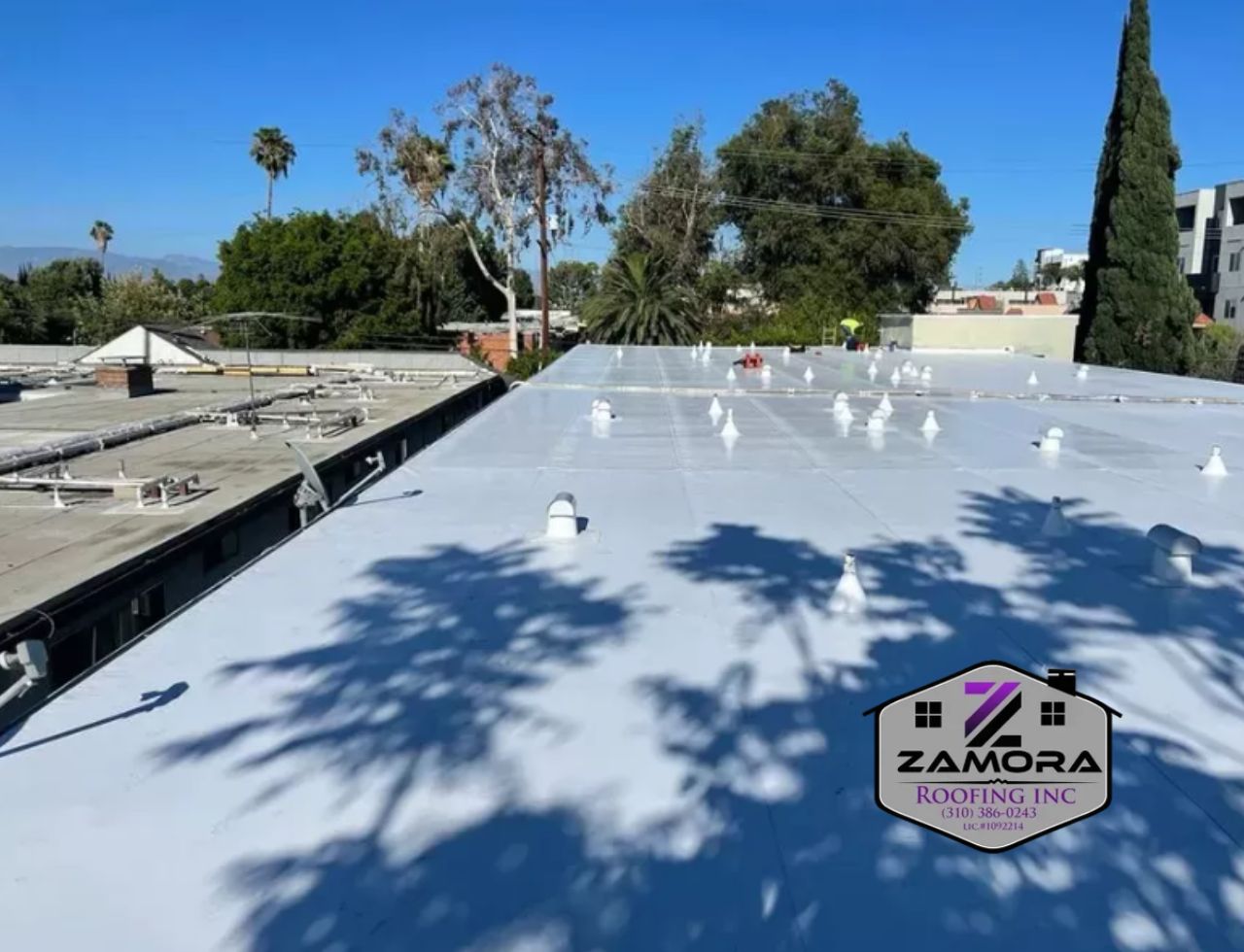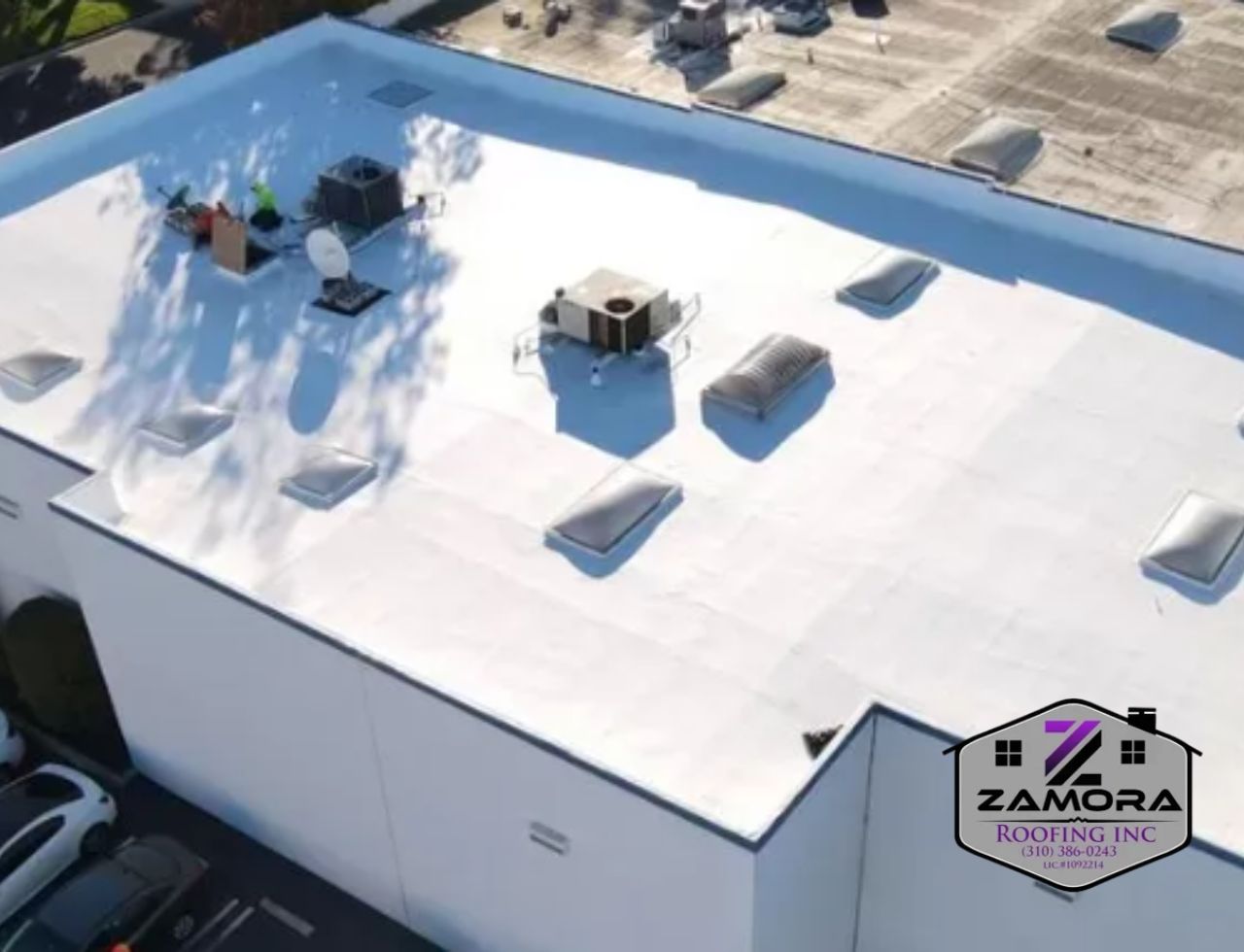
What is TPO Roofing- Essential Information
With countless roofing materials available, understanding what is TPO roofing can help you make an informed decision. Not all roofing options are created equal; some prioritize energy efficiency, others excel in durability, and a few offer the perfect balance of affordability and performance. TPO roofing, or Thermoplastic Olefin roofing, stands out as a versatile and eco-friendly choice in modern construction. This guide, “Understanding TPO Roofing – A Comprehensive Guide,” will help you explore why TPO roofing has become so popular. Whether you’re a homeowner looking for energy savings or a business owner seeking long-lasting durability, TPO roofing could be the solution you need. By the end of this guide, you’ll have the knowledge to decide if it’s right for your property. Let’s dive in and uncover the key benefits, uses, and features of TPO roofing!
Getting to Know What is TPO Roofing
Before diving into specifics, let’s start with the basics.
Why Roofing Material Matters
Roofing materials are the foundation of a safe shelter. They influence your property’s insulation, energy efficiency, and weather resistance. TPO (Thermoplastic Olefin) roofing has gained popularity due to its exceptional features and benefits.
Factors in Choosing Roofing Materials
Choosing the correct roofing material involves considering various essential criteria, such as cost, climate, and personal preferences. It is critical to investigate these elements to make an educated decision. 
The Essence of TPO Roofing
Let’s commence with a straightforward introduction to this material
Understanding TPO Roofing
TPO roofing, or Thermoplastic Olefin roofing, is a single-ply membrane. This material is noted for its durability and energy efficiency. In fact, the rubber-plastic combination composes it, and it’s designed to withstand harsh weather conditions like heat, cold, and UV radiation.
Common Applications for TPO Roofing
TPO roofing is a versatile option that works well in a variety of settings. Its durability, energy efficiency, and affordability make it a top choice for different property types. Let’s look at where TPO roofing is most commonly used:
1. Commercial Buildings
TPO roofing is particularly popular for commercial properties with flat or low-slope roofs. Its heat-reflective surface helps reduce cooling costs in large spaces like offices, warehouses, and retail stores. Additionally, its resistance to UV rays and chemical exposure ensures long-lasting performance, even in harsh environments.
2. Residential Properties
Although TPO is more commonly seen on commercial roofs, it’s also gaining traction in residential applications. Homes with flat or low-slope roof designs can benefit from TPO’s lightweight structure and energy-saving properties. It’s an excellent choice for eco-conscious homeowners looking to reduce their environmental footprint.
3. Green Roof Systems
TPO roofing is a great base for green roof installations due to its waterproofing capabilities and durability. Its ability to handle heavy loads and resist punctures makes it a reliable choice for supporting vegetation and soil layers.
4. Multi-Use Buildings
Mixed-use developments, such as apartment complexes with retail spaces, often choose TPO roofing for its balance of performance and cost-effectiveness. It provides excellent insulation for residential units while keeping commercial spaces energy efficient.
Why TPO Roofing Is a Top Choice for These Applications
Energy Efficiency The high reflectivity of TPO roofing considerably minimizes heat absorption, resulting in cheaper cooling expenditures for your house. Opting for this material creates a more energy-efficient living environment while lowering energy consumption. Durability It is designed to endure the most extreme weather conditions. It is resistant to UV radiation, high temperatures, and chemical exposure. Because of its toughness, it can endure tears and punctures, guaranteeing that your roofing system remains intact and safeguarding your property’s interior. Cost-Effectiveness TPO roofing is less expensive than other materials, providing a well-balanced option that is economical and high-performing. Environmentally Conscious TPO roofing’s eco-friendliness stems from its recyclability and energy efficiency. When it’s time for a replacement, TPO materials can be recycled, minimizing the environmental impact. 
Maintenance Tips for TPO Roofing
Proper maintenance is essential to maximize the lifespan and performance of your TPO roofing. While TPO is known for its durability and low maintenance, a proactive approach will ensure it stays in top condition for years. Here are some practical tips:
1. Regular Cleaning
Dirt, debris, and algae can accumulate on the surface over time, potentially affecting its reflective properties.
- What to Do: Clean your TPO roof at least twice a year using a soft-bristle brush, mild detergent, and water. Avoid harsh chemicals that could damage the membrane.
2. Inspect for Damage After Severe Weather
Storms and high winds can cause unexpected damage. Regular inspections help identify issues early.
#BBD0E0
»

